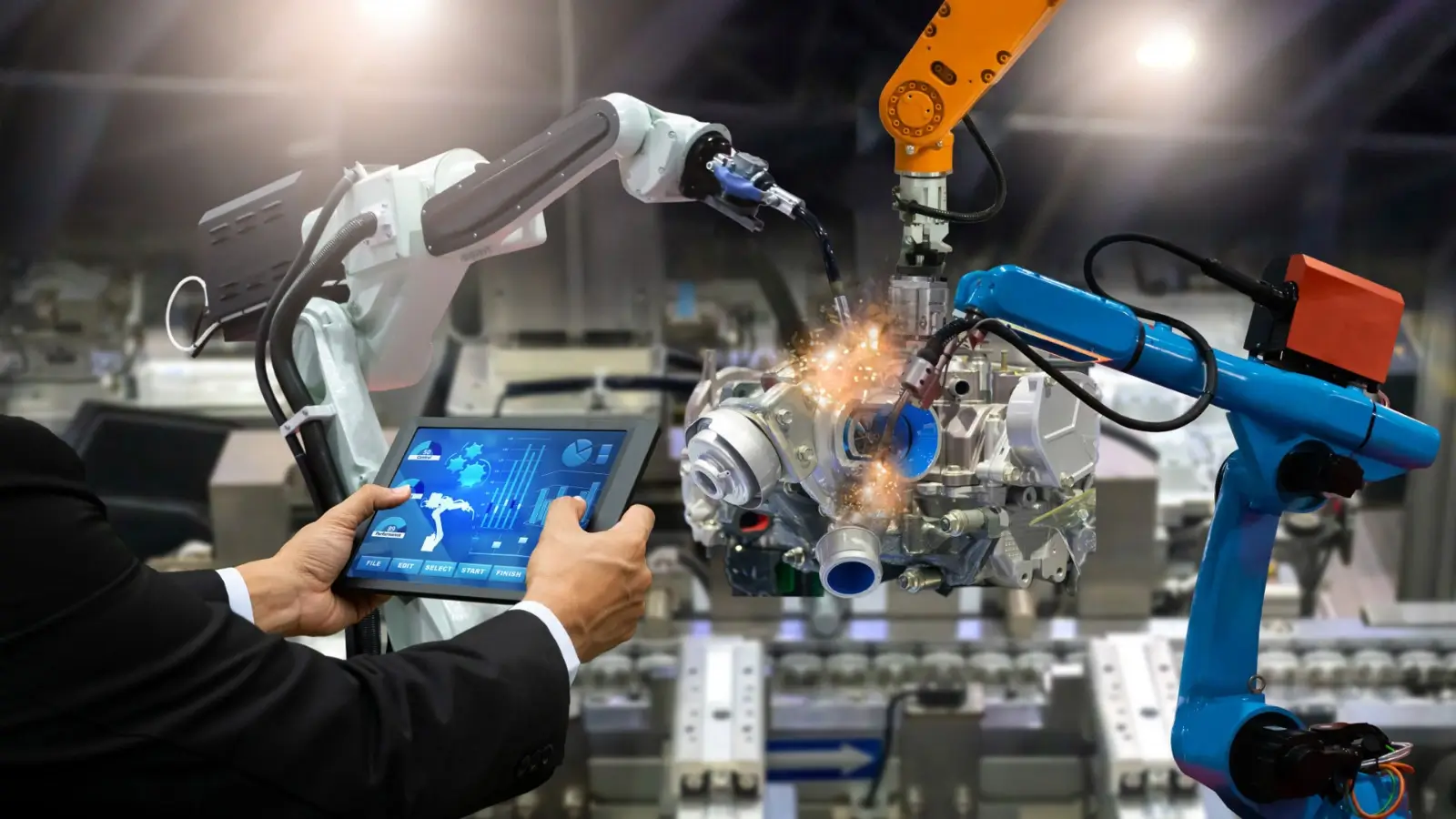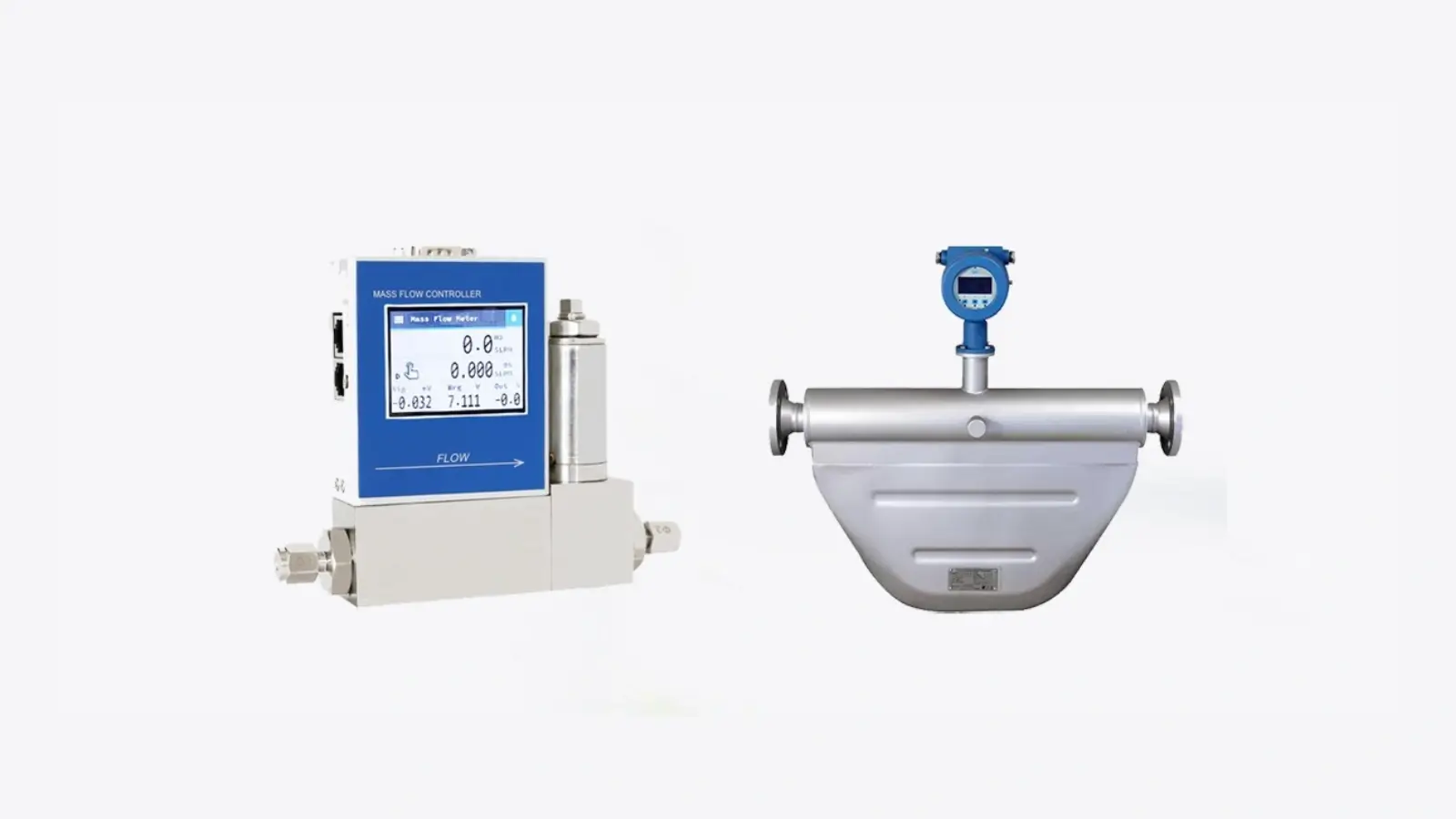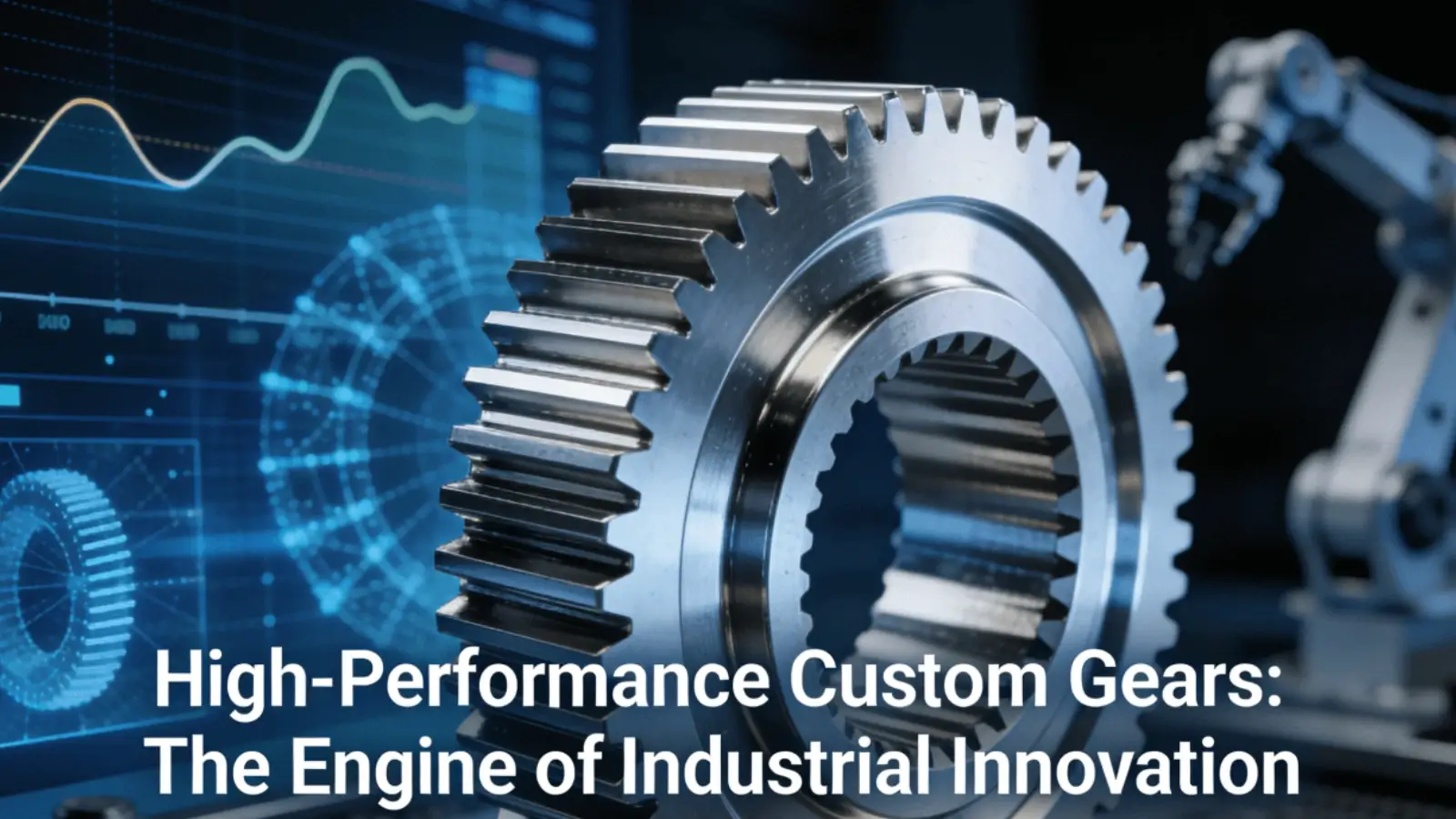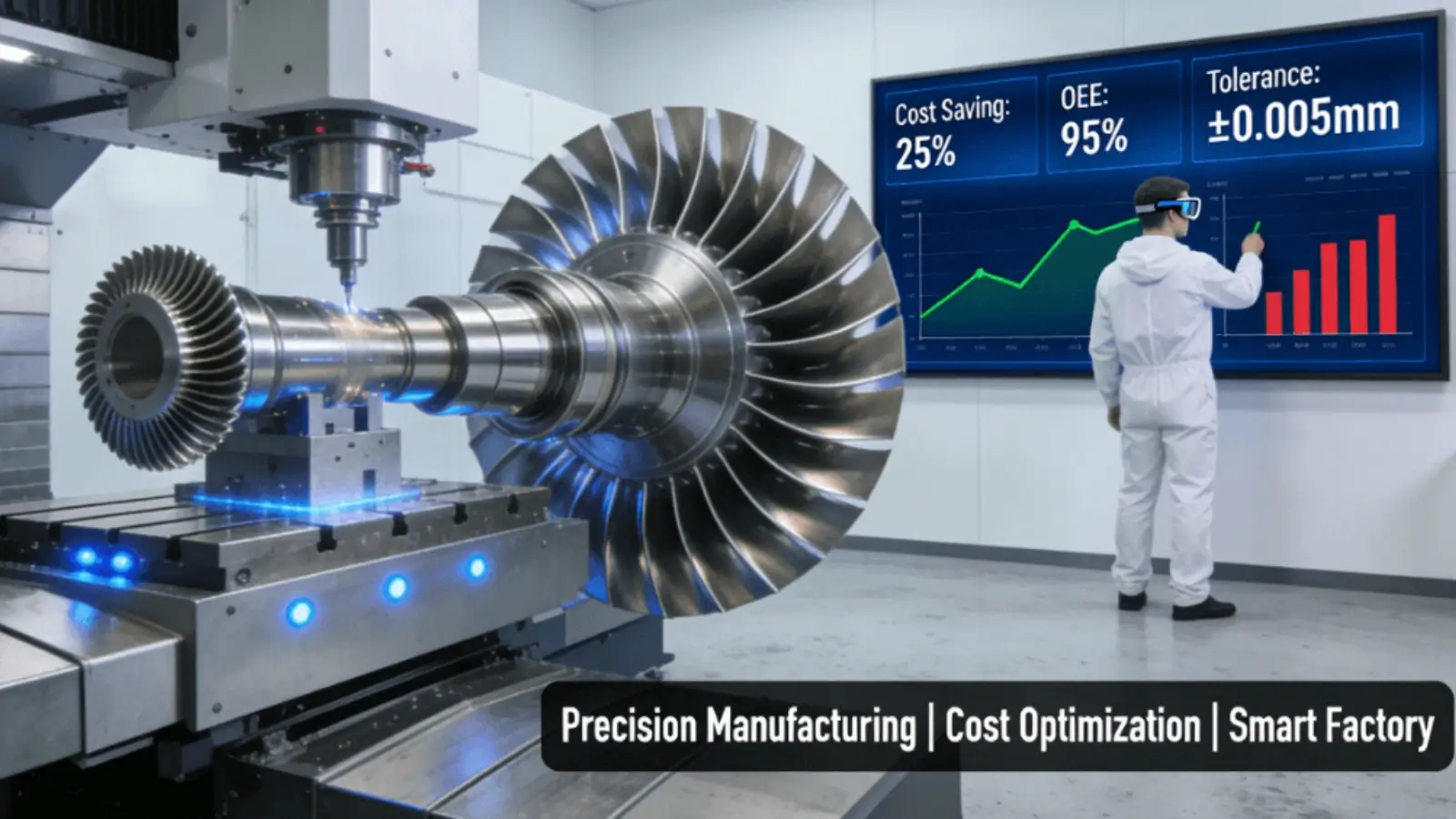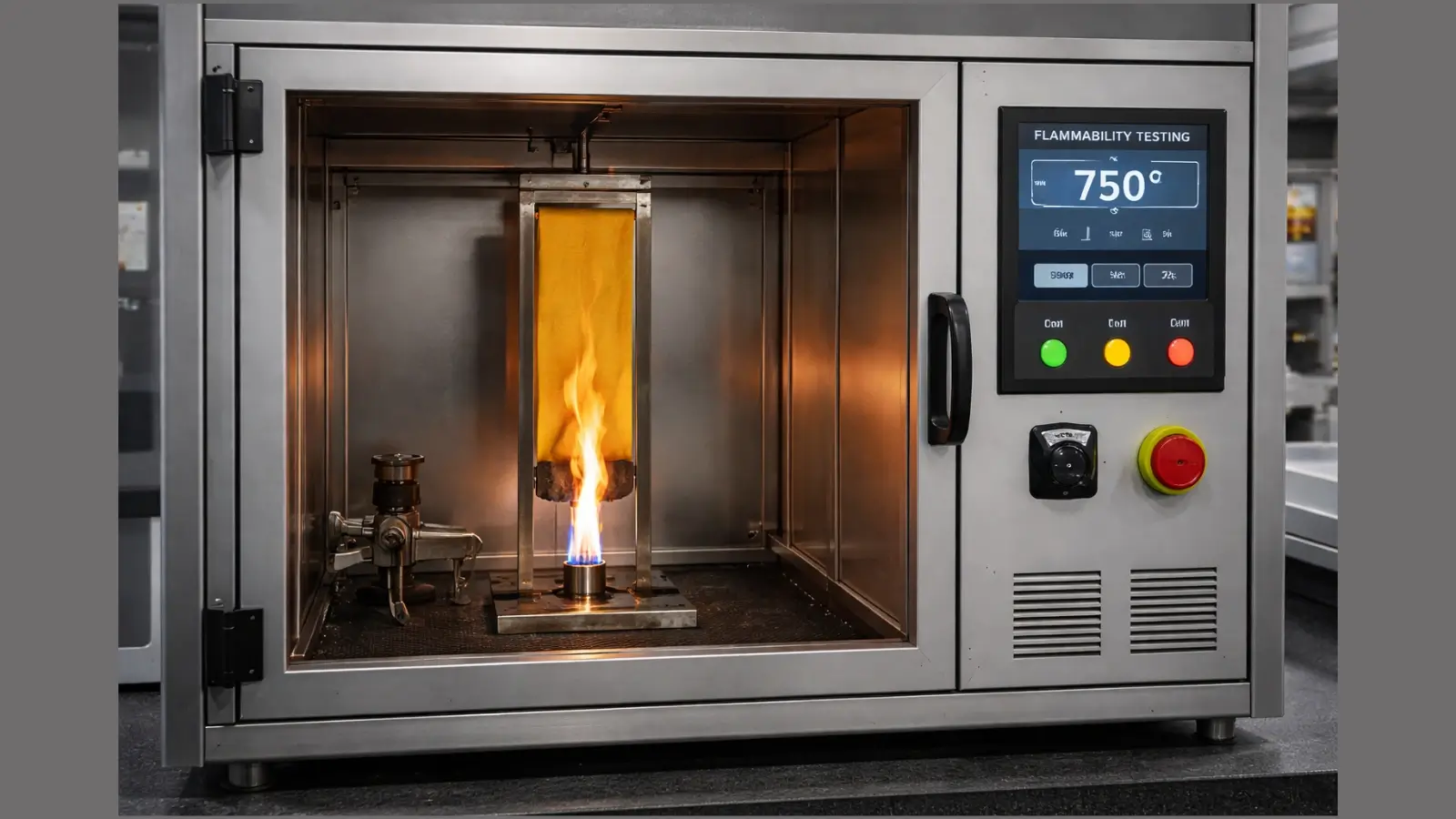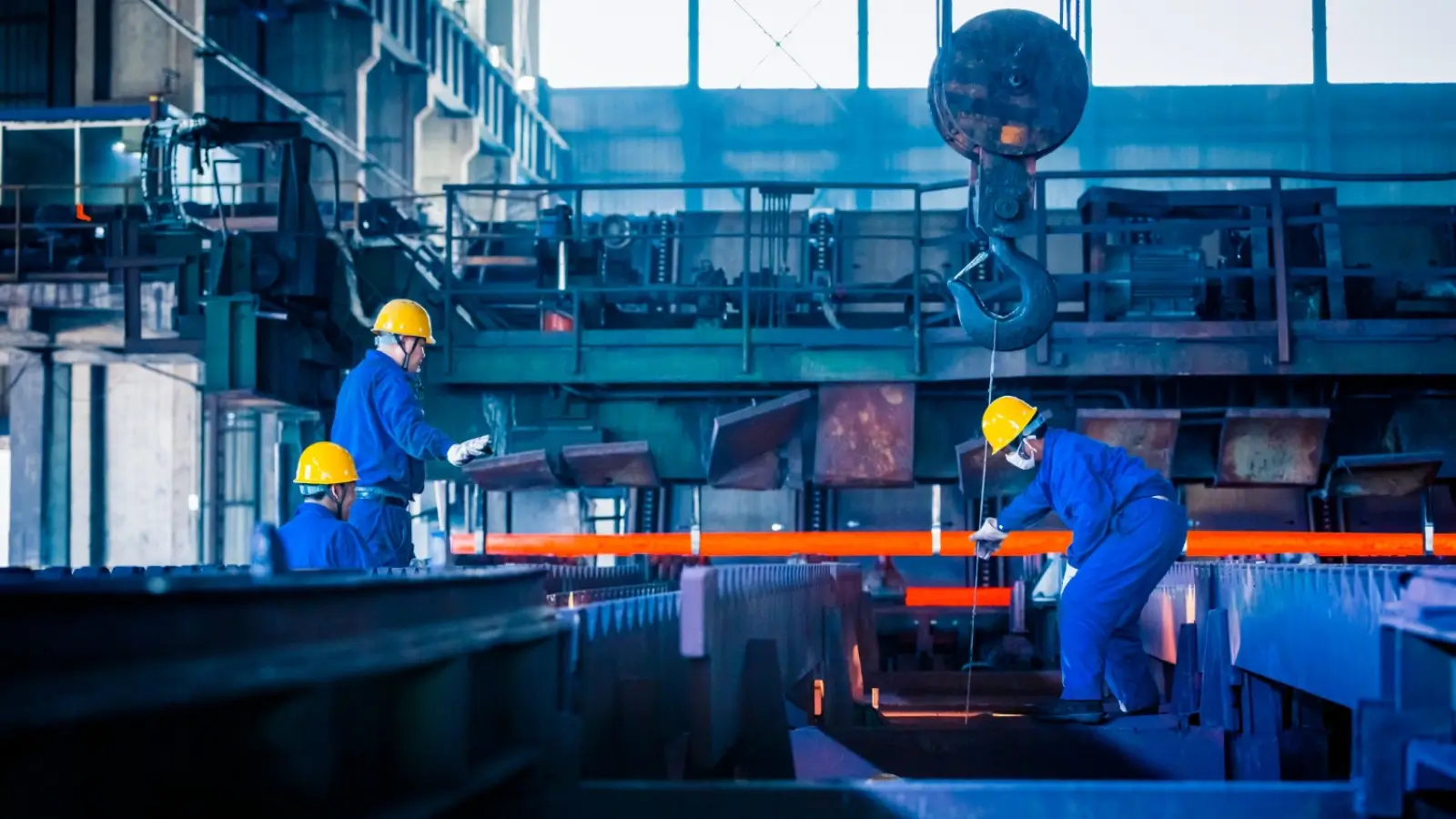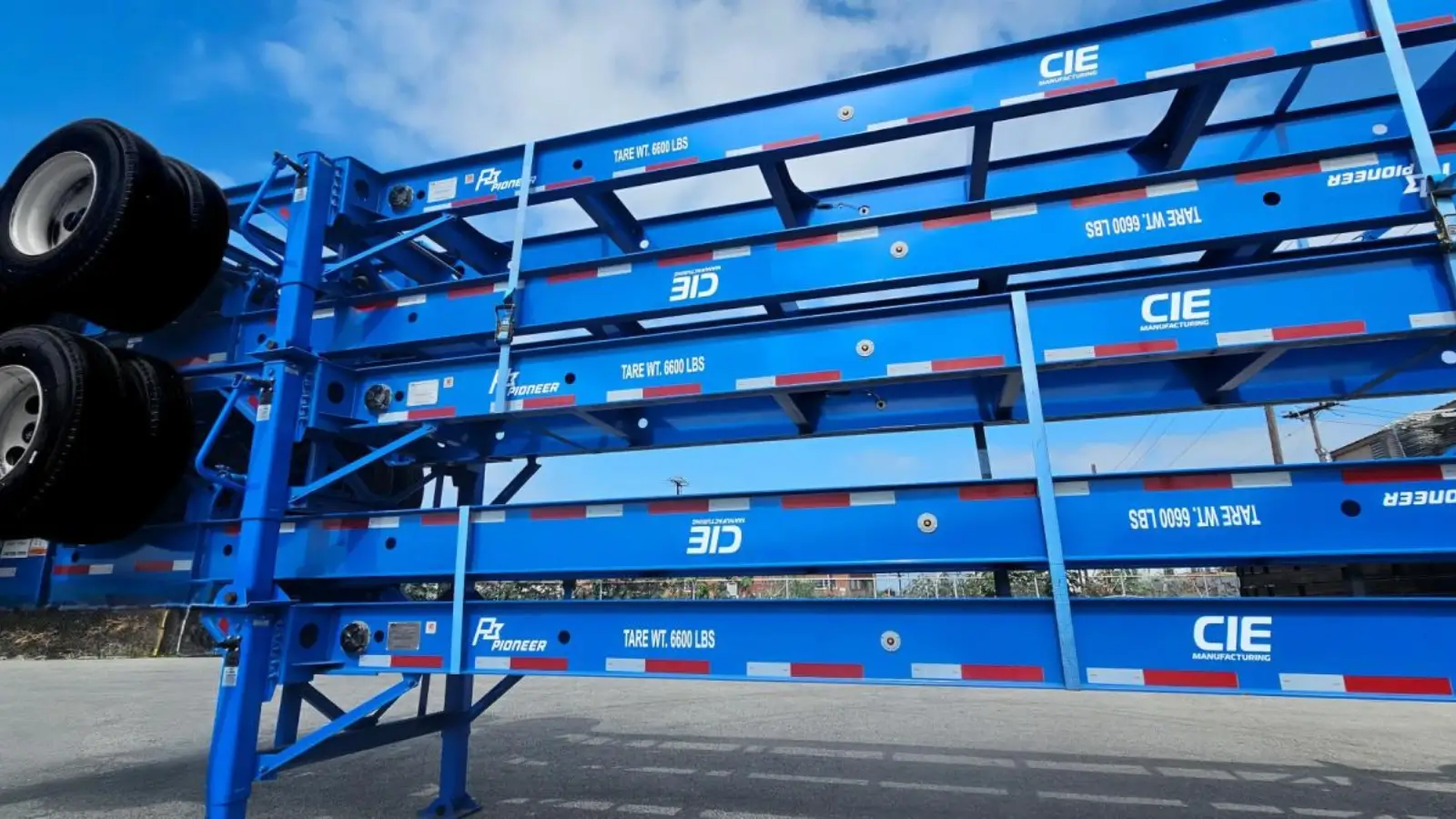Automated visual inspection in manufacturing is a game-changer for ensuring product quality and operational efficiency. By leveraging computer vision and AI, manufacturers can detect defects, verify dimensions, and maintain consistency without relying on manual processes. This article explores its benefits, technologies, and implementation strategies.
Understanding Automated Visual Inspection in Manufacturing
Automated visual inspection in manufacturing uses cameras, AI, and machine learning to analyze products during production. It identifies defects, ensures compliance with specifications, and reduces waste, making it essential for modern manufacturing.
Key Technologies
1. Computer Vision Systems
High-resolution cameras capture images, which AI algorithms analyze for defects or inconsistencies.
2. Machine Learning Models
Custom models are trained to recognize specific defects, improving accuracy over time.
3. Robotics Integration
Robots equipped with vision systems can perform inspections in real-time on production lines.
Benefits
-
Accuracy: Reduces human error in quality control.
-
Speed: Accelerates inspection processes.
-
Cost Savings: Minimizes waste and rework.
Implementation Strategies
-
Assess Needs: Identify inspection requirements for your products.
-
Select Vendors: Choose reliable systems from reputable providers.
-
Train Staff: Ensure employees understand how to use and maintain systems.
Challenges
High initial costs and data quality issues can hinder adoption. Start with pilot projects to test feasibility.
Conclusion
Automated visual inspection in manufacturing drives quality and efficiency. By investing in the right systems, manufacturers can enhance productivity and stay ahead in competitive markets.

